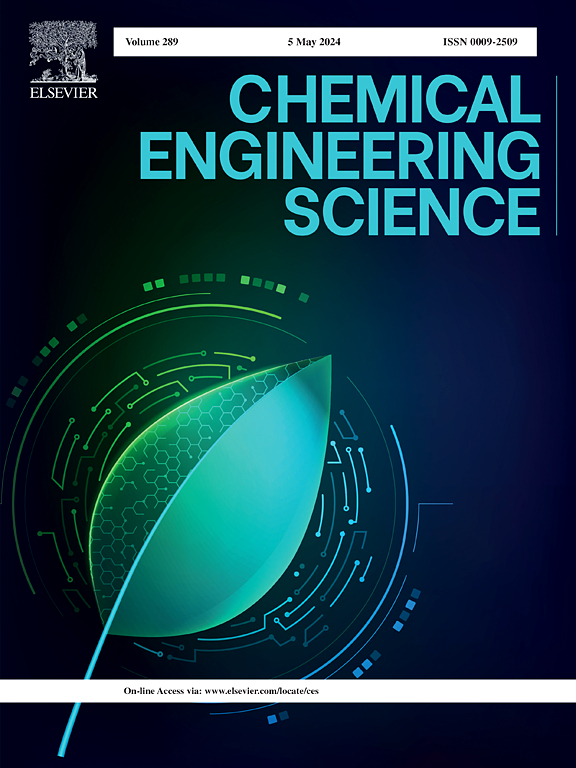三维打印掺氮碳点覆盖的对齐蚕丝纤维微纤维,用于防伪
IF 4.1
2区 工程技术
Q2 ENGINEERING, CHEMICAL
引用次数: 0
摘要
假冒伪劣产品会造成严重的经济和社会后果,这促使世界各地的研究人员开发创新的、高度安全的防伪方法,包括使用各种聚合物打印技术和集成功能材料来制作具有定制设计的图案,这些图案既易于检测,又无法伪造。我们开发了由蚕丝纤维微纤维和聚乙烯醇或聚乙二醇制成的复合油墨,用于在三维打印过程中制作微结构与挤出方向一致的图案。纤维素微纤维通过高温处理获得,并用作碳点合成的前体。这种方法可以保持微纤维结构,并有利于在其表面合成掺杂 N-heteroatom 的碳点,从而得到一种在 365 纳米波长照射下可发出亮蓝色荧光,但在正常照明条件下仍不可见的材料。本文章由计算机程序翻译,如有差异,请以英文原文为准。


3D printing of aligned silk fibroin microfibers covered with nitrogen-doped carbon dots for anti-counterfeiting
Counterfeiting has serious economic and social consequences, prompting researchers worldwide to develop innovative and highly secure anti-counterfeiting methods, including the use of various polymer printing techniques and the integration of functional materials to create patterns with customized designs that are easy to detect and cannot be falsified. Composite inks made of silk fibroin microfibers and polyvinyl alcohol or polyethylene glycol were developed to produce patterns with the microstructures aligned in the direction of extrusion during the 3D printing process. Fibroin microfibers were obtained via high temperature treatment and used as a precursor for carbon dot synthesis. This approach allowed the microfiber structure to be maintained and be amenable to the synthesis of carbon dots doped with N-heteroatom on its surface, resulting in a material that fluoresces bright blue when irradiated at 365 nm but remains invisible in normal lighting conditions.
求助全文
通过发布文献求助,成功后即可免费获取论文全文。
去求助
来源期刊

Chemical Engineering Science
工程技术-工程:化工
CiteScore
7.50
自引率
8.50%
发文量
1025
审稿时长
50 days
期刊介绍:
Chemical engineering enables the transformation of natural resources and energy into useful products for society. It draws on and applies natural sciences, mathematics and economics, and has developed fundamental engineering science that underpins the discipline.
Chemical Engineering Science (CES) has been publishing papers on the fundamentals of chemical engineering since 1951. CES is the platform where the most significant advances in the discipline have ever since been published. Chemical Engineering Science has accompanied and sustained chemical engineering through its development into the vibrant and broad scientific discipline it is today.
 求助内容:
求助内容: 应助结果提醒方式:
应助结果提醒方式:


